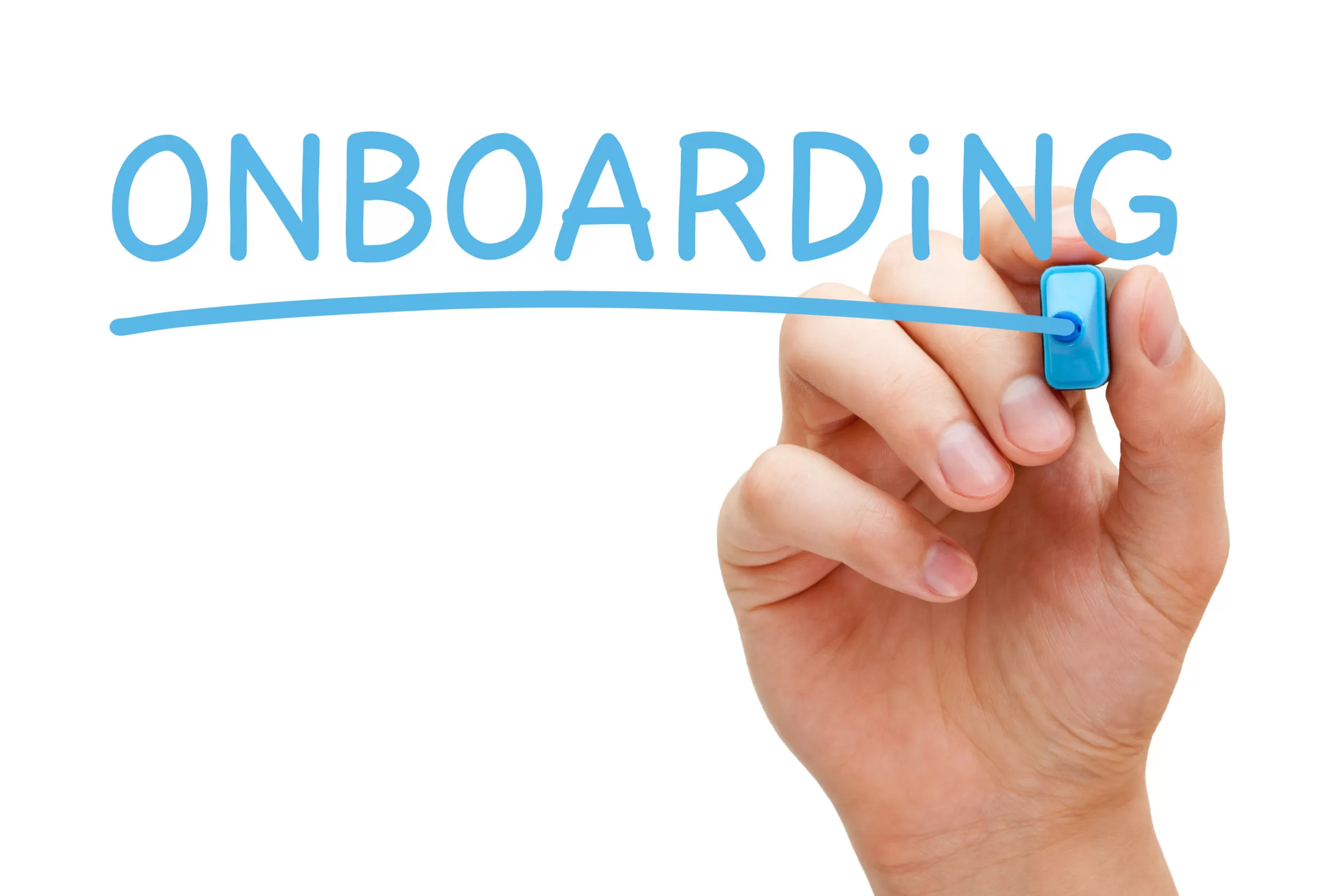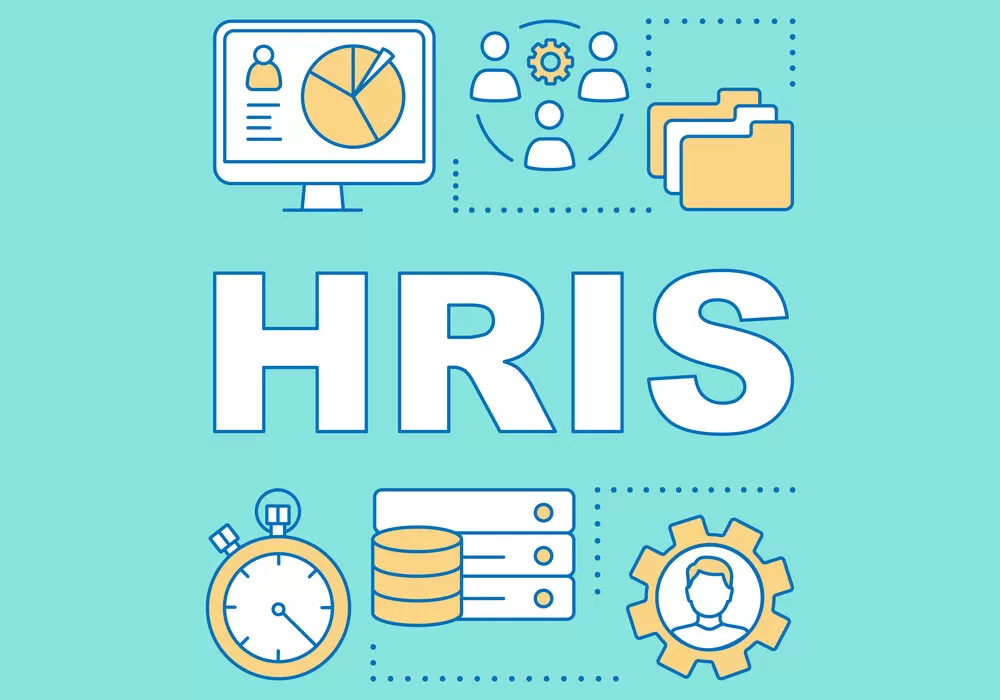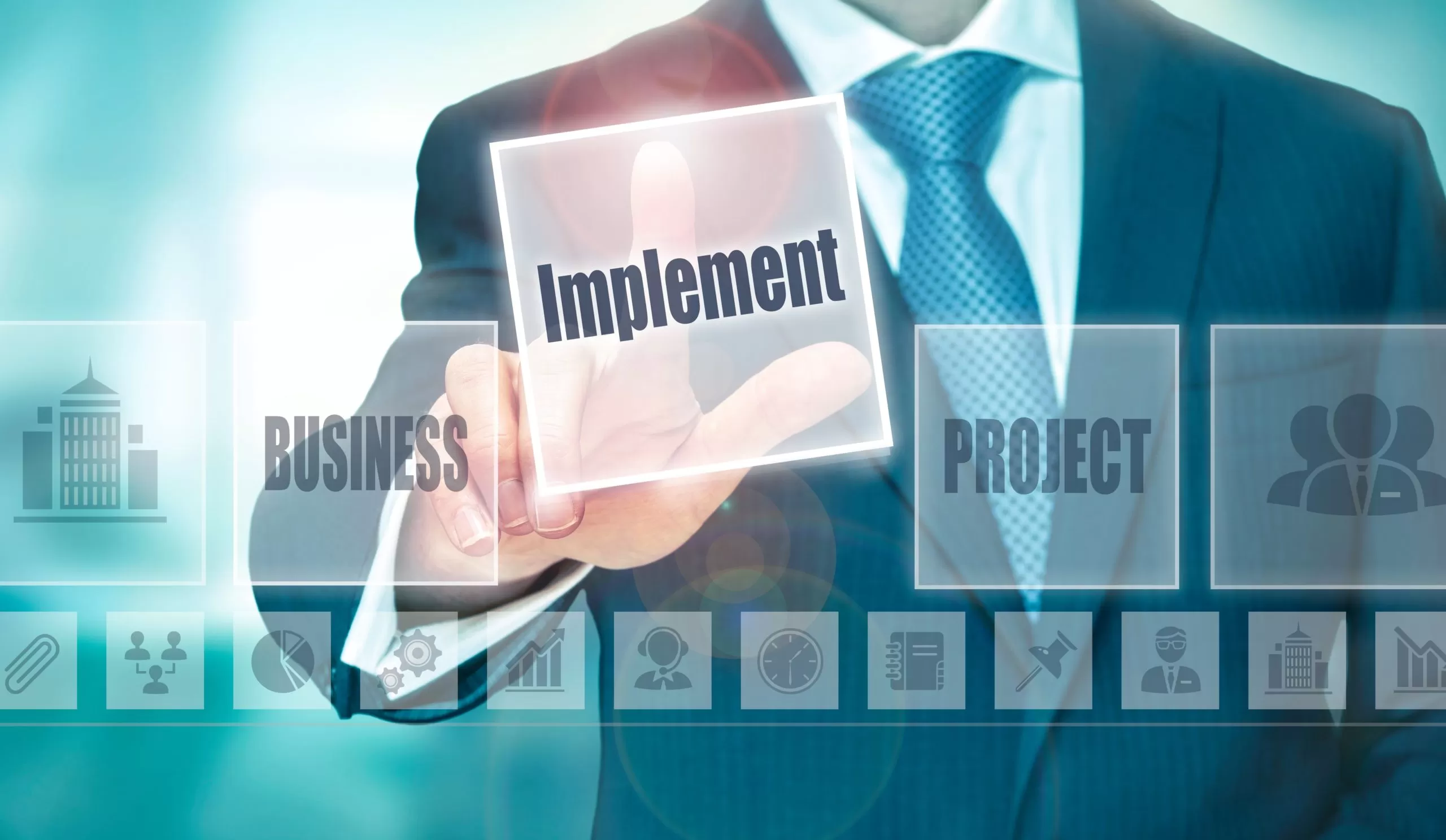Onboarding is the process by which new employees become integrated into a new company. All companies with employees have an onboarding process, but some may handle it more conscientiously than others. The onboarding process has a significant impact on how quickly employees become productive, how content they are with the company, and consequently, how well the company performs.
Onboarding versus Orientation
Many companies think that onboarding is synonymous with orientation and that a single session in which employee information is collected is the extent of onboarding. Onboarding generally lasts for up to a year, however, whether the employer is aware or not. While orientation is a step of the onboarding process, the process encompasses all aspects of employee acclimation to the company.
Strategizing Onboarding
Strategizing the onboarding process can help new employees to quickly develop the tools they need to contribute to company productivity, while also forging connections with other members of the team and acclimating to the company culture. Ideally, all of these events will happen for every new employee in every company, but strategizing onboarding helps to ensure that they happen quickly and smoothly.
HR software can help with strategizing the onboarding process, automating certain repetitive tasks and fostering communication between key team members. When employees can use employee portals to access the HR software solution and submit required forms, access training modules, view feedback, and reach out to peers or managers, onboarding becomes easier and more enjoyable for all parties.
Onboarding and Turnover
Turnover can be detrimental to a business. When there are staffing issues, customer service often suffers and the remaining employees are forced to bear heavier burdens that can sow the seeds of strife and discontent. Unfortunately, sometimes turnover is unavoidable, so it is best to keep the hiring and onboarding processes as smooth and fast as possible to mitigate issues when an employee does move on.
Employee turnover can cost a company in both direct and indirect ways. When an employee quits, a company must devote resources to attracting new talent, screening candidates, and finally to bringing new employees up to speed. While there is a vacancy, customer service and productivity may also suffer, impacting the bottom line and potentially the business reputation.
With all of this in mind, it’s preferable to keep employees on for as long as possible. Unfortunately, roughly 30 percent of new employees across all industries quit within the first 12 months.
The way the onboarding process is handled naturally has a major impact on retention. New employees that feel welcomed into the company and that are provided with the proper tools to perform expected tasks will generally be more content than employees that feel they have been left alone to navigate new territory. While it’s not possible to predict and prevent all circumstances that will cause a new employee to quit, creating a pleasant onboarding experience can help mitigate turnover.
Leadership Is Critical to Onboarding
Employees cite the relationship with their boss as a top factor in company engagement. When managers or employers guide new employees through the onboarding process and open their doors for questions, it establishes a relationship while also streamlining the process. A patient and enthusiastic leader can inspire and assist a new employee, making them feel like part of the team and boosting the overall company culture.
Onboarding is an important part of the employee lifecycle that’s frequently not given as much attention as it deserves. Investing in your onboarding process may yield a favorable ROI while improving the candidate experience.
Benefits of Using HRIS for Onboarding
One of the best ways to streamline the onboarding process is to acquire HR software with onboarding options. Many companies across all different industries are seeing the value in investing a little time and effort into switching their onboarding processes to an electronic format. Going digital in this department can have many benefits for both the company and the new employee, a win-win situation.
Allows New Recruits to Get Ahead of the Curve
Eager new recruits want to know as much as they can about the company and the job that they will be doing as fast as possible. Enabling new recruits to jump ahead of the curve and learn what they can before they are even in position is great for the company, as it means new employees become productive faster.
Being able to send information digitally and give employees access to reference libraries makes providing company and position info a snap, saving paper, and time-and letting your new over-achievers reach the proverbial carrot.
Keeps Face Time Valuable
When the mundane tasks associated with onboarding can be handled online at the new employee’s leisure, face-to-face time can be spent on more valuable things. Instead of sitting in an office filling out paperwork for hours, the new recruit can tour the floor and shadow your most productive employee. They can learn what really happens every day and begin acclimating to the company culture that much faster.
Helps to Mitigate Errors and Double Entry
Electronic onboarding processes are lovely because the information that is entered once can often be imported into other fields, which is obviously not the case when done manually. The likelihood of errors decreases when double-entry is not needed and a lot of time is saved on all sides. When the employee fills out their own information digitally, the propensity for errors is even further mitigated.
Makes Compliance Easier
Many HRIS systems that are web-based automatically update as compliance requirements change, alerting managers and making it easy to change processes in order to meet the new requirements. This can be helpful in avoiding penalties and can save time from having to constantly research applicable laws. Most HRIS systems also compile reports and even file information with the appropriate offices as needed with the push of a few buttons.
Improves the Overall Experience for Recruits
Studies have shown that employees that are happy with the way that they were hired and on-boarded are much more likely to stay and be content with a company. This can really help with staffing woes as people that are hired stay on at a higher rate and stay longer. When an HRIS is used for the heavier onboarding tasks, it often makes the onboarding experience much more pleasant.
How HRIS Is Changing Onboarding
Onboarding can make a huge difference to whether an employee stays with a company or decides to move on quickly. Starting at a new job is never easy for an employee, the onboarding process should ideally address the transition and prepare new employees for their position. While it is up to each employer to make sure that their onboarding process is as effective as possible, a HRIS changes onboarding in the following ways.
Makes Onboarding a Mobile Endeavor
When onboarding is offered through HRIS, it allows new employees to complete the onboarding checklist at a time and in a place that’s convenient for them. This can improve their focus and allow them to delve deeper into company history and other materials than may have been possible with in-house onboarding. Additionally, employers can get a glimpse of motivation and productivity levels by seeing how quickly onboarding tasks are completed.
Improves Eco-Friendliness
Digital onboarding saves paper, ink, staples, paper clips, and the space that would be used to store onboarding paperwork. This creates less waste and requires fewer materials to be produced, thus reducing a company’s carbon footprint.
Streamlines Orientation and Training
When onboarding is completed through HRIS, the process is streamlined and integrated with training. Instead of sitting through training videos and experiencing a choppy and boring orientation in a back office, employees complete tasks digitally when they are fresh and prepared and take breaks at their own pace. Instead of waiting for an employer and other new employees before beginning training, employees can jump right in when they’re ready.
Kicks Off Goal Setting Immediately
As part of the onboarding process, employees can often set goals that the HRIS will then track. Beginning goal setting at this early stage can mentally prepare new employees quickly and can help them acclimate to the company’s way of setting and tackling goals. If done right, this can increase productivity while also giving employees satisfying clarity regarding expectations.
Reduces Errors and Compliance Issues
When information is manually rekeyed or written down, it’s easy for HR professionals to make errors. Errors can be costly in terms of dollars, reputation, and employee job satisfaction. Errors and oversights may also cause compliance issues.
Using HRIS software for onboarding reduces the likelihood of errors. Employees can often key their own information directly into the system, and of course they are most familiar with their own information. When onboarding information is entered into HRIS, it can generally be exported to applicable disparate systems and fields can be populated as needed under all modules, further reducing the propensity for errors and saving time.
Boosts New Employee Perceptions
A smooth and comfortable onboarding process that is well executed through a HRIS will make a new employee feel more confident in the company that he or she is now working for. If the onboarding process is well done, it’s more likely that the company is well organized and proactive in running the business. This may boost retention and employee satisfaction.
Tips for Using HRIS During the Onboarding Process
Implementing a HRIS can help make many human resources tasks easier and more efficient, especially onboarding. Onboarding is a necessary evil that involves orientation procedures, the filling out of all of the required forms, training, and basically everything in between the hiring of the employee and their first day in the position. The following tips can help your company to use HRIS more effectively for the onboarding process.
Create a Plan and Stick to It
Many companies do not actually have an onboarding plan. Without a plan, the onboarding process can be a whirlwind and employees’ first perception of the company is of disorganization. By taking the time to detail an orientation plan, the whole process of introducing a new employee to the company is easier for HR professionals, managers, and especially the new employees.
Integrate Hiring and Payroll Systems
When HRIS is used for hiring, the data that was entered on the application and throughout the onboarding process can be easily transferred into payroll systems – as long as they are integrated. It may even be possible to configure the systems so that information entered in for new employees is automatically exported in the payroll system. To streamline things even more, integrate recruiting systems and employee databases so that there is no need to re-enter employee information after hiring.
Automate As Much Paperwork as Possible
When employees come in for orientation and end up spending the day filling out paperwork, it can be discouraging. Good new employees come in excited to work, not sit and fill out paperwork or watch mind-numbing videos. If your HRIS is set up with electronic signature capabilities and other onboarding abilities, use it to have new employees fill out as much paperwork as possible before their orientation day so that day can be used as a true introduction to the job.
Use the HRIS to Support Training
Training looks different for every company in every industry, but no matter how hands-on or specific field training is some theoretical training can help to support it. Stocking the HRIS with information about the company’s history, mission, vision, and other information that will be pertinent to training and the actual job can help employees to “study.” If possible, link the HRIS directly to a learning management system and allow both new and seasoned employees to train right through self-service.
Communicate Frequently with New Hires
Using HRIS software for onboarding is not a “set it and forget it” situation. There should still be frequent communication with the new employee to make sure that all needed paperwork has been submitted, training is working to acclimate the employee to their new position, and to check in with the employee’s satisfaction with the company and the job so far. Neglecting new employees and leaving them to autonomously work through the onboarding process may seem ideal, but can actually result in decreased satisfaction and increased turnover.
Switching onboarding processes from manual to electronic can help to decrease the amount of time it takes to get new hires in position. However, it is important to take steps to optimize the process and make new employees feel welcome.












